On Joan Didion, California Wildfires, Cryptohackers, and All That
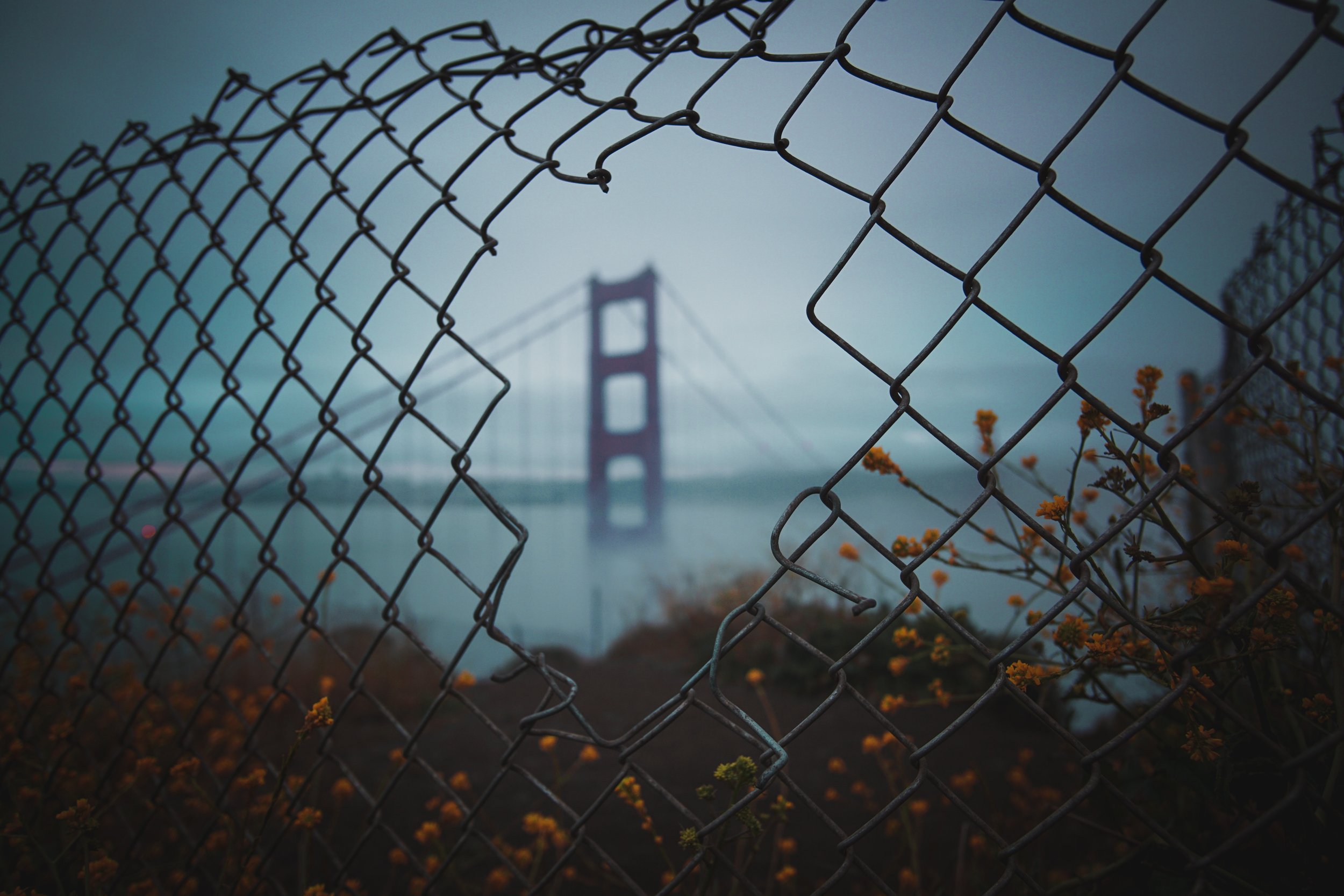
Smoke was still hanging in the air from wildfires in the wine country outside San Francisco when I moved there in 2017. At least 44 people would die. A man and a woman, married for 55 years, burned in each others’ arms in a swimming pool. Mobile homes were incinerated.
There was no way to process news like this as I arrived.
It was a brilliant Indian summer, too hot for walking up hills but a good temperature for laying outside. In Dolores Park in the Mission, people wore bikinis and played different versions of paddle-ball. Someone else sold weed pastries openly out of a straw bag. In a few months weed wouldn’t just be legal; people would talk about it in the same sentence as cryptocurrency—a good investment.
A smoky haze blurred the horizon. I cried many times that week, always for myself, for missing home.
*
“I am not sure that it is possible for anyone brought up in the East to appreciate entirely what New York, the idea of New York, means to those of us who came out of the West and the South,” Joan Didion writes in her essay “Goodbye to All That.”
“To an Eastern child, particularly a child who has always had an uncle on Wall Street and who has spent several hundred Saturdays first at F.A.O. Schwarz and being fitted for shoes at Best’s and then waiting under the Biltmore clock and dancing to Lester Lanin, New York is just a city, albeit the city, a plausible place for people to live,” she writes. “But to those of us who came from places where no one had heard of Lester Lanin and Grand Central Station was a Saturday radio program, where Wall Street and Fifth Avenue and Madison Avenue were not places at all but abstractions (‘Money,’ and ’High Fashion,’ and ‘The Hucksters’), New York was no mere city. It was instead an infinitely romantic notion, the mysterious nexus of all love and money and power, the shining and perishable dream itself.”
She may be right about this, about what New York symbolizes to those looking east. But I think it is also hard to grasp what California means to those looking west.
California—the idea, the place—is sold to us so many ways. Here’s one: “California Dreamin’.” That’s a song, but it’s also a whole genre. That photo of a sunset, any sunset, over a Malibu beach is familiar to us because it was hanging on the wall of someone’s dorm room however long ago.
For me it happened to be the Grateful Dead, the song “Estimated Prophet.” Jerry Garcia died in August 1995, a few months after I was born, but my dad was a Deadhead before he was an investment banker and I grew up on his CDs. I remember those lines, playing like a promise or a prayer during New England winters—California, a prophet on the burning shore. California, I’ll be knocking on the golden door.
My family had lived in San Francisco, too, when I was young, and I had blurry and sun-dappled memories of Victorian houses and driving up and down hills. Those years always felt like a touchstone to me, something to return to when things became darker.
It’s also the edge of America’s acknowledged world. I moved out here.
*
Lands End. That’s a place I went, that first week. There’s a picture of me there, in a dress patterned like a cloudy sky, smiling wide.
It’s what it sounds like: where the land ends and the sea begins. Sheer, astounding cliffs plunge into the Pacific, and rock formations emerge from the ocean. The sun dyes the water pink as it sets.
It is stunning, vast, terrifying, perhaps more beautiful than anywhere I’ve ever been. I am a tourist. I live here.
“Living here, out on the edge of this continent, means making a pact with peril. Didion knew this.”
*
The palm trees on Dolores Street seemed improbable in the November chill. I met friends for poker, beer, and pizza one night. I walked home in a light rain, weeping.
I called New York. The boy (man?) I love is there, in an apartment in Brooklyn Heights where I took up residence for six blissful weeks before getting on a plane to California. He is almost certainly a man, but I can’t believe I could be old enough to love a man.
I told him about the trees. They’re strange and I don’t like them. He understood.
Other people understood less. What don’t you like? they asked. The first frost had snapped back East, and no one had much patience for my problems with California. Sometimes when people asked I said things about tech wealth and bad public transportation and being far from people I love. All these things missed the point.
It had to do with the trees, it really did. Not just that the leaves don’t change color: some do, and in any case, it’s less a question of color than of shape. The strange fuzzy upright palms. The knobby trees on Polk Street that look like aliens reaching for each other. The Eucalyptus bark stripped half-naked.
I didn’t know how much the East had bled into me. That despite childhood years in California, I was in fact from Boston, where the trees bend as they are meant to, in the Public Garden, over the pond filled with swan boats. The trees in Boston go by familiar names: maple, ash, birch, willow. In the spring, on Pinckney Street, they weep white blossoms.
From San Francisco, I called New York. All hours of the night and day. I repeated my unhappiness over and over, in different terms. He listened and said, somehow, the right things. I couldn’t sleep one night and he read to me from Elena Ferrante. That made me too excited, so instead he said he’d tell me a boring story. He found a children’s story about a bunny named Smiley and neither of us could keep from laughing as he read it out loud. I fell asleep.
I called New York.
*
I began reading Joan Didion: a slim white paperback volume of Slouching Toward Bethlehem. The essay collection—first published in 1968—is a gift, actually, from an editor who was about to move back to New York.
Joan Didion. Photo by Julian Wasser (1968).
It had been awhile since I’d read Didion. Like many young writers, I used to love her. In high school, I gave a speech about her essay, “On Keeping a Notebook.” I copied her sentences in my Word document, goodsentences.doc. I stared at the photo of her, coolly slouching, cigarette in hand, and wondered what it would be like to be so deeply glamorous.
And like many young writers, I came to feel more ambivalent. I read Barbara Grizzutti Harrison’s brutal, wonderful critique of her work, as narcissistic and empty, and I thought, yes, this feels right. I read Didion’s essay on the women’s movement. When I started working as a journalist, I began to wonder about her sympathy—her lack of it—for her subjects. I put her aside.
But then I was spellbound again, reading and rereading her descriptions of a landscape that was at once new and familiar to me, that was both there and not there still. There is much to critique about Didion’s work, but her California is alive, captivating, terrifying. I have the sensation as I read her, breathlessly, of looking into a mirror at the landscape around me.
*
“Easterners commonly complain that there is no ‘weather’ at all in Southern California, that the days and the seasons slip by relentlessly, numbingly bland,” she writes in the essay, “Los Angeles Notebook.” “That is quite misleading. In fact the climate is characterized by infrequent but violent extremes: two periods of torrential subtropical rains which continue for weeks and wash out the hills and send subdivisions sliding toward the sea; about twenty scattered days a year of the Santa Ana, which with its incendiary dryness, invariably means fire.”
On CNN, in December, I watch from my office in downtown San Francisco, as the Getty Museum is surrounded by flames. California is burning again. It is hard to keep track of the fires, which crop up in Los Angeles and Ventura County and San Diego County. Some are put out; new blazes start. The Santa Ana winds don’t die down for weeks.
“There is no fire season anymore,” a firefighter told me on the phone in late December.
“Wait until the mudslides start,” someone said, offhand, glancing at the flames on TV. They do, in Montecito. 21 people die in January.
Living here, out on the edge of this continent, means making a pact with peril. Didion knew this. “Los Angeles weather is the weather of catastrophe, of apocalypse, and, just as the reliably long and bitter winters of New England determine the way life is lived there, so the violence and the unpredictability of the Santa Ana affect the entire quality of life in Los Angeles, accentuate its impermanence, its unreliability,” she writes.
At work, we practiced for earthquakes. At home, my roommates made sure we had gallon jugs of water, in case.
*
“While much of the media was focused on the Summer of Love, Didion focused on the darker side. The country was not in open revolt, but there was a brewing discontent.”
People who work in tech use the word “disruption” so much that it makes for a sly joke between people who don’t: What are you trying to disrupt today? I had dinner at a trendy Thai restaurant with some cryptohackers and we talked about all the things the blockchain can disrupt. The art market, the porn industry, Wall Street, cash bail. Decentralization, someone said. Liberation, someone else said.
At the end of the meal, people paid the guy who paid down his credit card with different fake-real currencies. “This is going to be a very profitable dinner,” one cryptohacker said to another, after getting a profitable currency.
The San Francisco Didion describes in “Slouching Toward Bethlehem,” the celebrated title essay of her collection, is a ghost city. She was hanging around in 1967, as spring turned into summer. While much of the media was focused on the Summer of Love, Didion focused on the darker side. The country was not in open revolt, but there was a brewing discontent. “The center was not holding,” she wrote. She described the city as strange and addled, on the brink of something, though it wasn’t yet clear what. A five-year-old is given acid. Everyone is a runaway.
“San Francisco was where the social hemorrhaging was showing up,” she wrote. “San Francisco was where the missing children were showing up and calling themselves ‘hippies.’”
It is not like that, of course, 50 years later. The 23-year-olds don’t seem to come from here, so maybe they are runaways, but the ones I meet seem to have endless fake-real money and they talk about optimizing their time. Sometimes they seem anxious, but I can’t tell what they are anxious about. One of them, someone I knew back in Boston, wrote his New Years’ resolutions on a spreadsheet with a series of deliverable objectives. Everyone keeps talking about disruption but they mean profit.
I can’t help but wonder: is the center holding?
*
“It is hard to find California now, unsettling to wonder how much of it was merely imagined or improvised; melancholy to realize how much of anyone’s memory is no true memory at all but only traces of someone else’s memory, stories handed down on the family network,” Didion writes in “Notes from a Native Daughter.”
She wrote this about Sacramento and the Central Valley in 1965. It is also true of San Francisco in 2018. It is hard to find it, to figure out what I knew from songs and stories and photographs, what I remembered, what someone told me one, what’s actually there.
San Francisco isn’t what it used to be. That’s the cliché.
So what is it? Where is it? I suppose I am trying to find out.
I spend long afternoons walking up and down Market Street, looking at the strange palm trees from different angles. I meet cryptohackers for dinner on Valencia. I drive across the Golden Gate Bridge and am moved, terrified, suspended. I sob on the shore at Ocean Beach as it gets dark. I am mesmerized by the pastel colors of the Sunset District. I keep calling New York.
I am obsessed with fires, and winds, and weather of all kind. I read Didion in the middle of the night. I buy myself some lamps at Ikea. I begin to try to assemble a life, precariously, in a house on a hill in a city on the edge, the end, of the world.
ABOUT THE AUTHOR
Photo by Jackson Barnett
Sophie Haigney is a writer and reporter who currently covers metro news for The San Francisco Chronicle. Previously, she wrote about arts and culture for The New York Times and The Boston Globe. She also writes book reviews, visual art reviews, and the very occasional travel piece. Sophie is from New England but living in California, where she's getting used to the weather. Find her on Twitter at @SophieHaigney.
Header photo by Casey Horner.



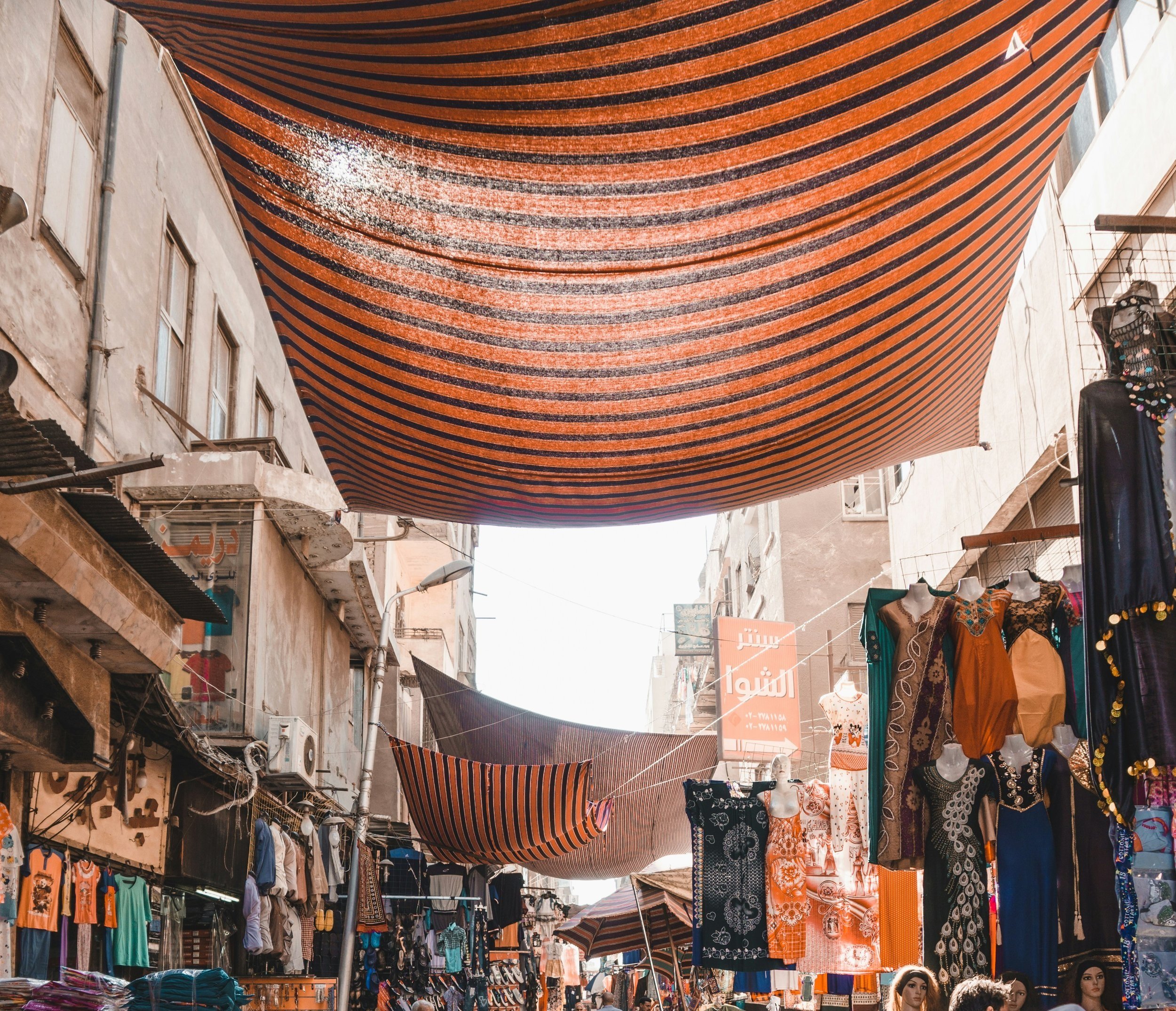
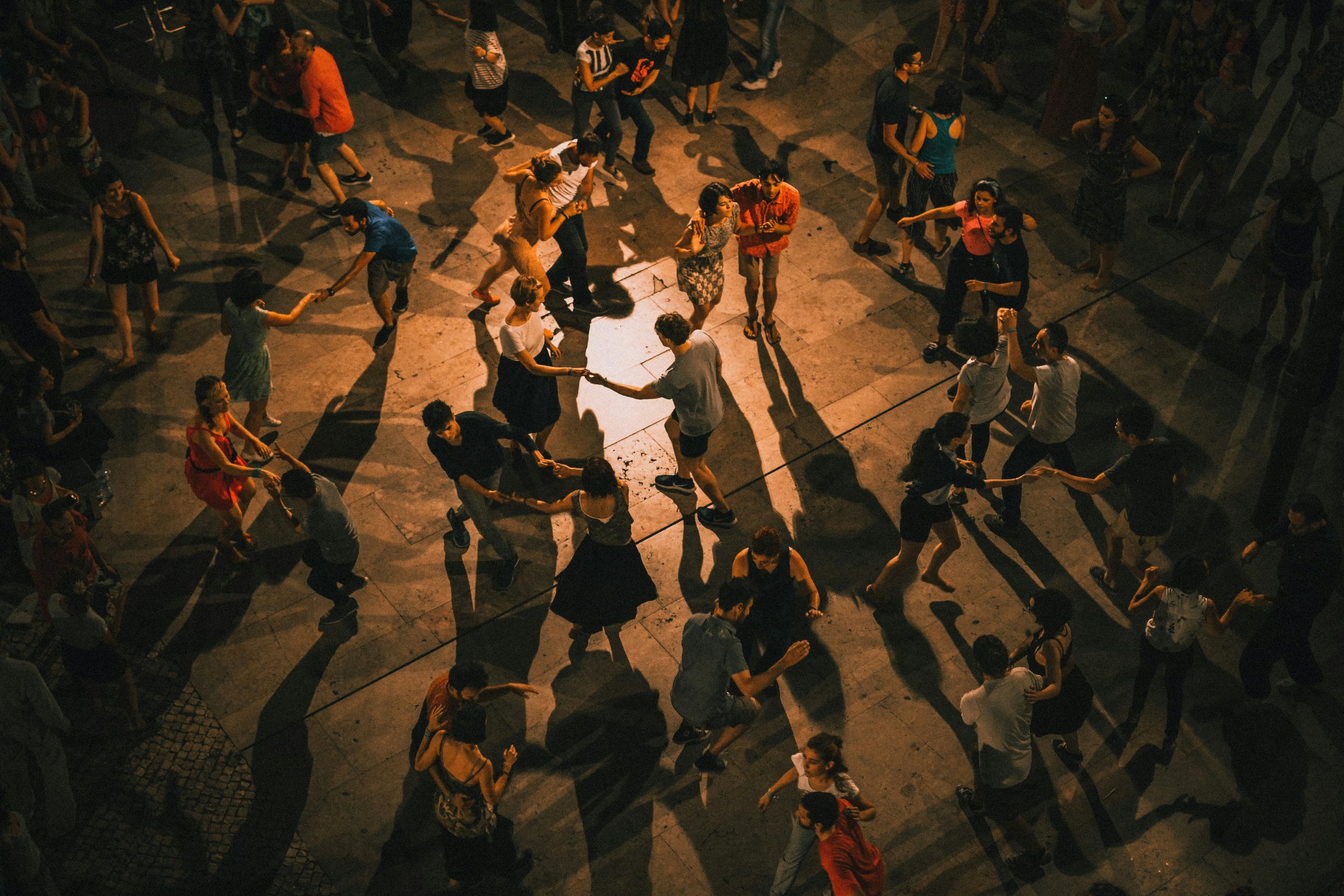
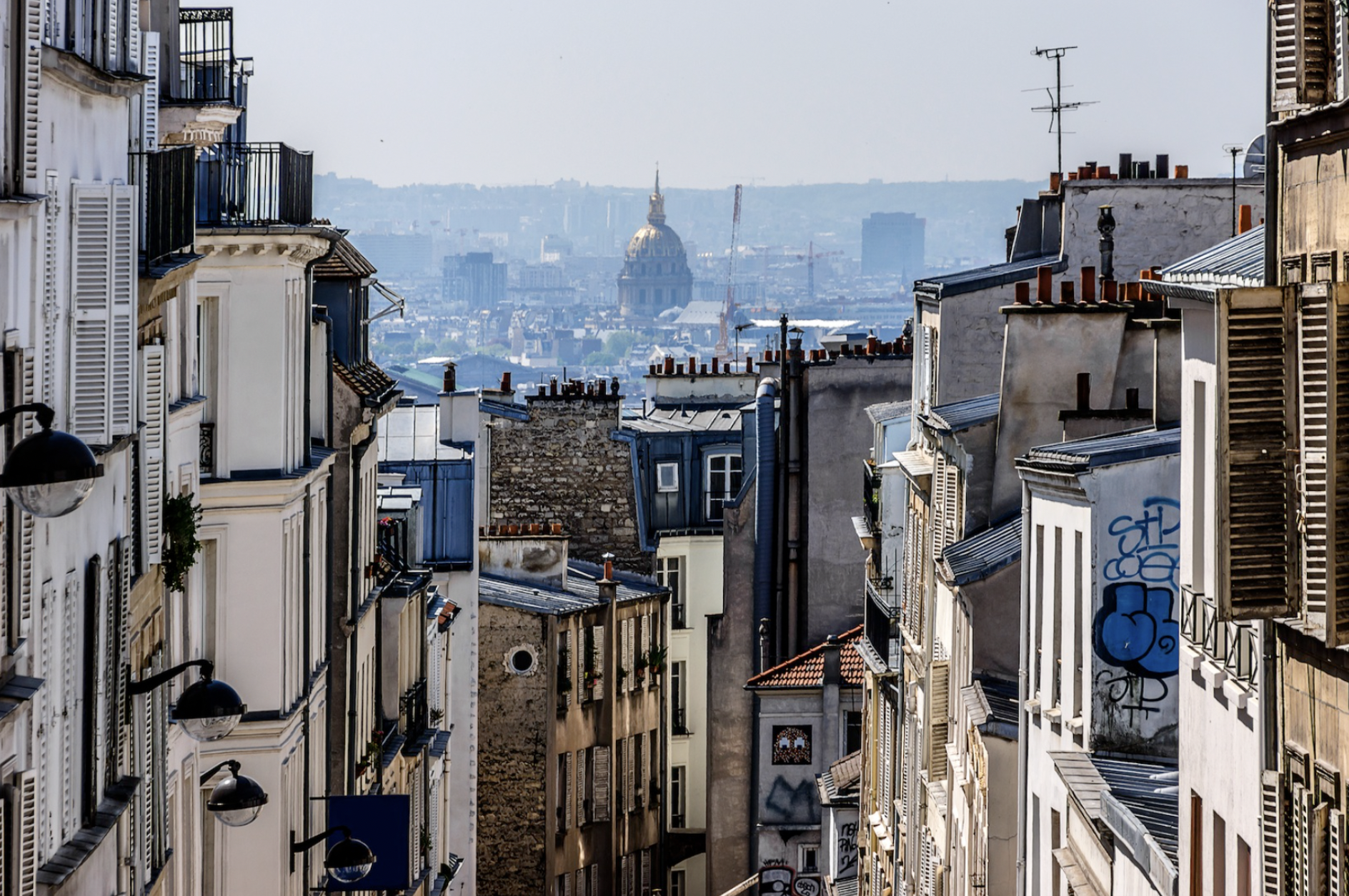


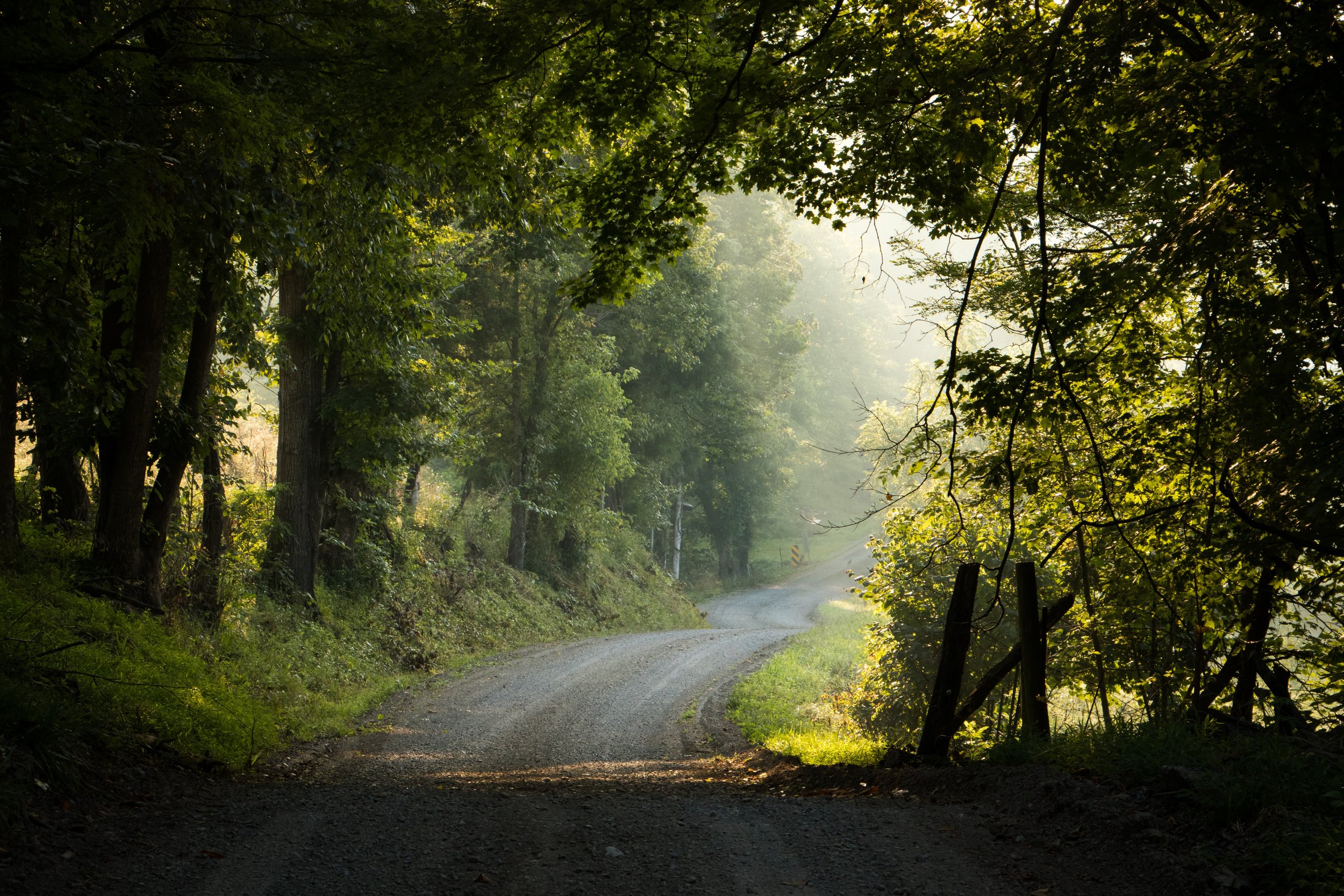

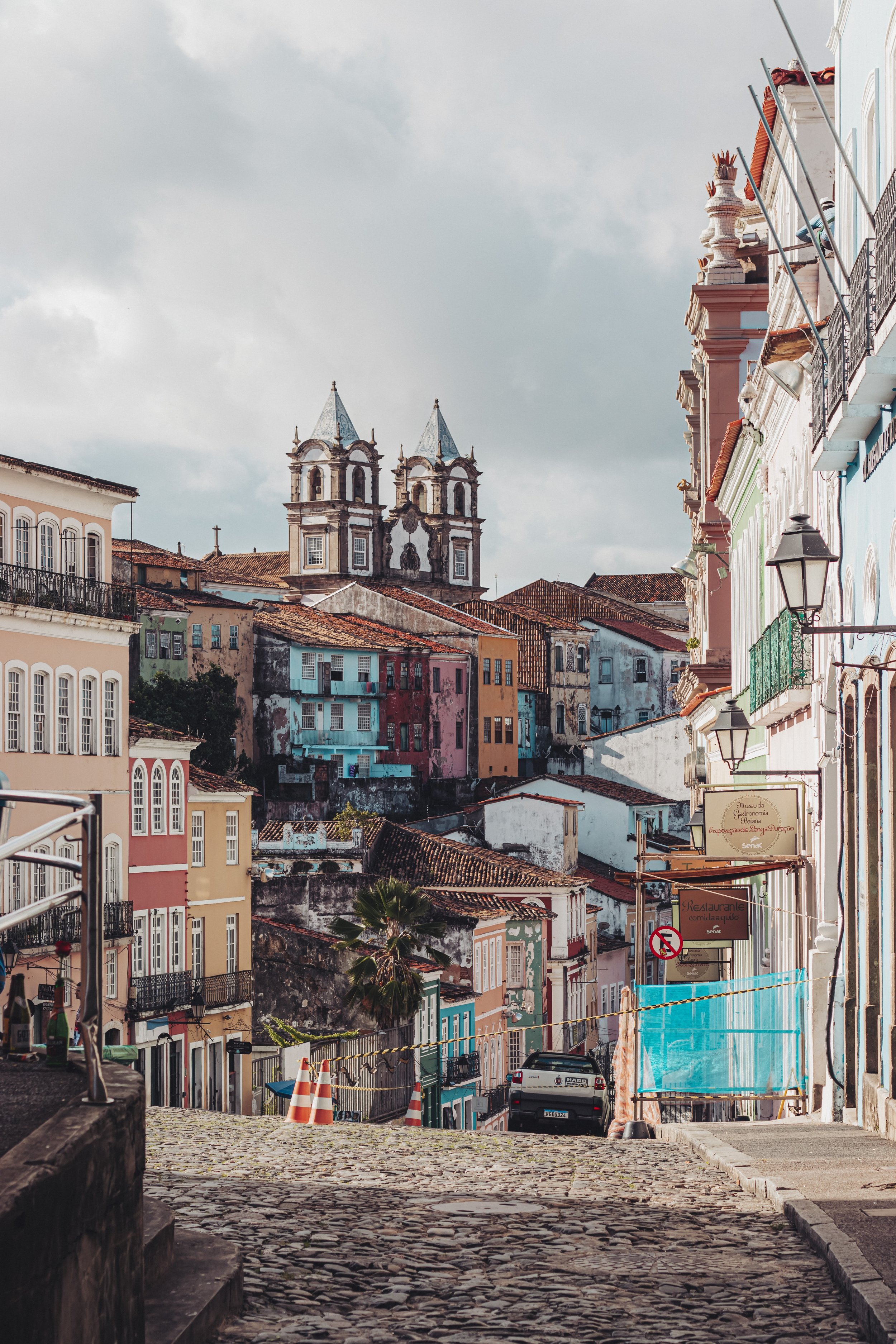
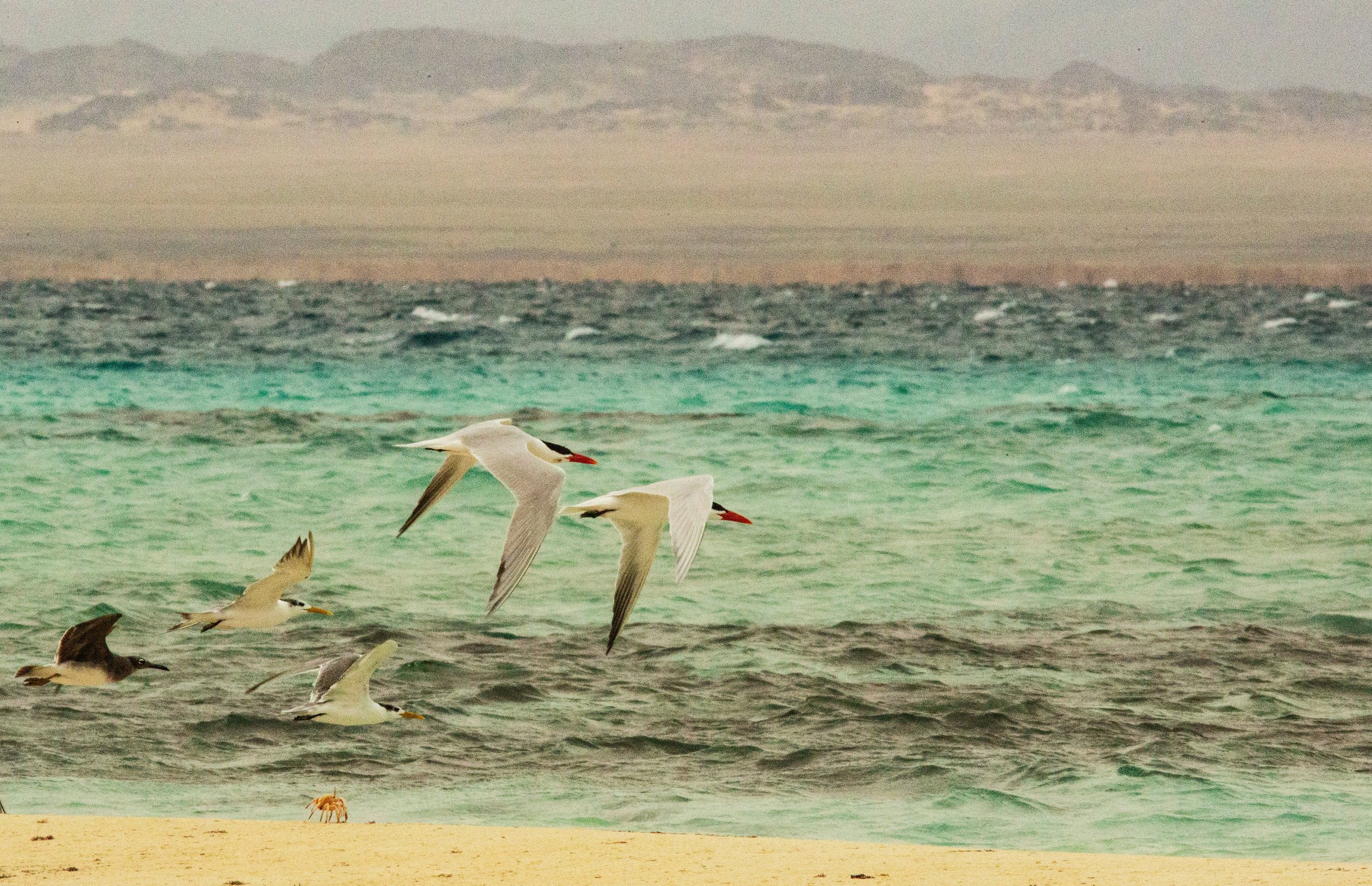
At the end of August 2023, I flew to Indianapolis where my friend, the artist Kate Parnell, picked me up in her mom’s silver Hyundai Sonata of late-90s vintage. It maxed out at 62 mph. Above the license plate, Kate had stuck a bumper sticker that read “Garfield from Memory,” the name of a four-year art project that had become her full-time job. The tagline: “The great thing about painting Garfield from memory is no one can tell you you’re wrong.”